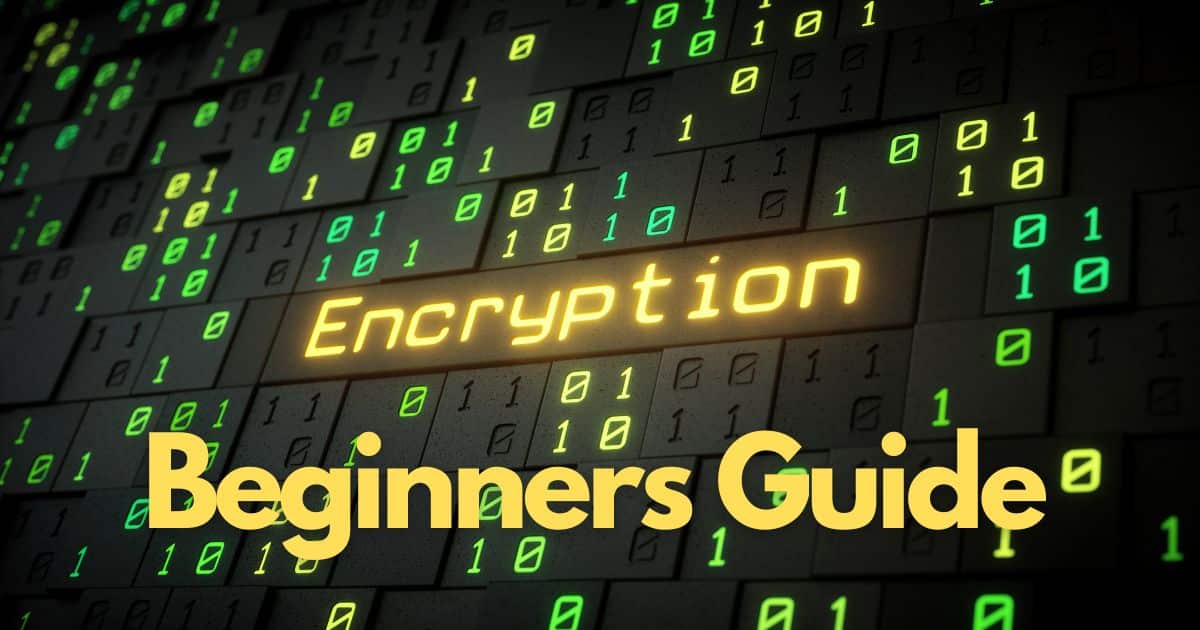What is the purpose of Encryption?
Encryption is a tool to protect data from being read or accessed by unauthorized parties. It is one of the most critical technologies for information security, allowing users to keep their data safe and secure. Encryption works by transforming plain text into an unreadable ciphertext using a cryptographic algorithm. In this article, we will discuss what Encryption is, how it works, and its purpose in the digital world.
It uses complex algorithms and codes to convert readable information into unreadable text. They are making it only possible for the intended recipient to decode or read the original message. Encryption provides a sense of security, privacy and protection against potential breaches in data confidentiality.
The purpose of Encryption is to ensure that only authorized individuals can access sensitive information. They are helping organizations protect their confidential data from malicious actors who may try to compromise it through various means, such as hacking or phishing attacks. By encrypting messages, companies can ensure that their customer correspondence remains private and secure. Additionally, Encryption is used to authenticate the identity of users accessing an online platform or system so that only those with permission can access it.
What is Encryption, and how does it work?
Encryption is essential to protecting data and information in the digital age. It is a process that makes sensitive data or information unreadable so that only authorized people can view it. Encrypting data ensures its integrity and confidentiality, making it far harder for hackers and other malicious actors to access this information.
It works by taking plain text, like a password or message, and applying mathematical algorithms to scramble its contents into virtually unreadable ciphertext. The encrypted text can only be decrypted back into its original format with the correct encryption key. Encrypted messages sent over the internet will be protected from being intercepted due to the complex nature of encryption algorithms.
Encryption ensures that only those with permission can access confidential data or communications.
What are types of Encryption?
Encryption is an essential tool used to protect data. It scrambles messages of all kinds, including emails, documents and financial information, so only authorized parties can view what is transmitted. Many types of encryption algorithms are available to ensure data transmission privacy and integrity.
Two main types of Encryption are symmetric key and public-key cryptography. Symmetric key uses the same cryptographic key for encrypting and decrypting data; each user must have a copy of the same key to exchange communications securely. Public-key cryptography uses two keys for Encryption and decryption: a public key that anyone can access and a private key known only by its rightful owner. Both types provide strong protection against unauthorized access. Still, symmetric keys offer shorter message lengths due to their single-key architecture.
Can Encryption be Hacked?
Encryption is a powerful tool used to protect our digital data and privacy. But can it be hacked? Unfortunately, the answer is yes, although it may take work

Cracking Encryption requires specialized knowledge and sophisticated tools, such as computers with mighty processing power and time. Hackers use these tools to attempt to decrypt the encrypted data by trying all possible combinations of characters until they arrive at the correct one. This process is known as brute-forcing and can take significant amounts of time depending on how long and complex the encryption key is. Therefore, users must choose long enough passwords and include a mix of letters, numbers, and symbols to make it more difficult for hackers to crack their encryption keys.
What does it mean when something is Encrypted?
When something is encrypted, it is converted from readable information into a code or cypher. Encryption protects private data and confidential communication to prevent unauthorized access. When data or information is encrypted, it can only be decoded using an encryption key.
Encryption takes readable data and transforms it into unreadable data that cannot be interpreted without the correct key. The encryption process requires both a plain-text message containing the original text and an algorithm determining how the plain text is transformed into ciphertext. This way, when any security breach occurs, your sensitive information remains safe and secure while still being accessible by authorized parties with access to the required keys.
Does Encrypted mean Safe?
It is a vital security tool for keeping data safe, but does it mean your data is secure? In today's digital age, Encryption protects information's integrity and ensures its confidentiality. As a result, it has become increasingly important for companies to protect their data and customers' personal information from malicious actors. However, encrypted data can still be vulnerable if not properly managed or implemented.
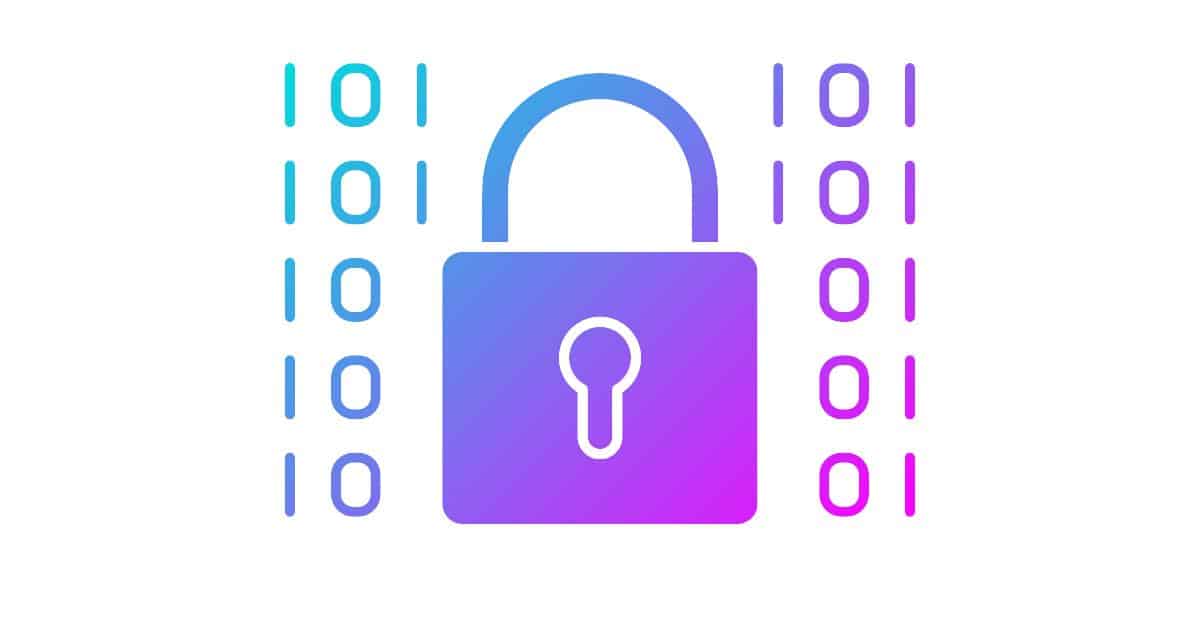
Encryption transforms plain text into ciphertext, making it unreadable without the correct key, which makes it difficult for attackers to access the data since they cannot decipher what they are reading without the code or key. Encrypted communication protocols are also essential when sending confidential information over networks. However, even with encrypted connections, there are possibilities of loopholes that hackers could exploit. If appropriate security policies are in place, systems need to be regularly updated with security patches.
What does Encrypted mean on the Phone?
When it comes to our phones, security is of utmost importance. We store a lot of personal information on our phones, from payment details to private messages. Encrypted data helps protect that information from being accessed by anyone other than the user.
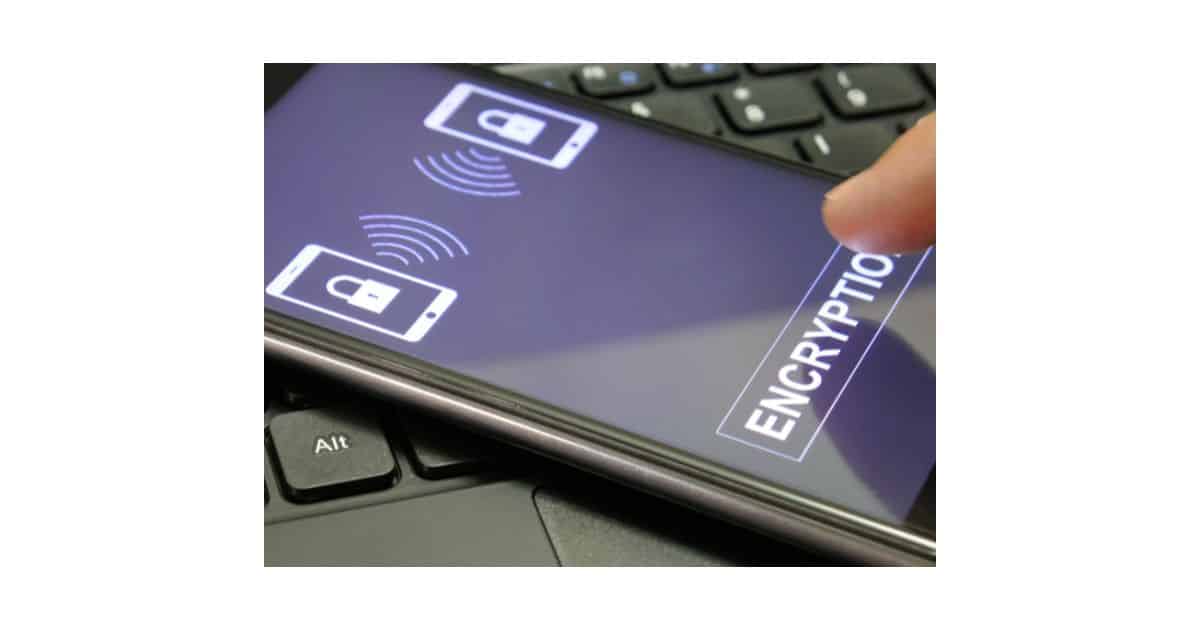
Encryption is a process which scrambles data into an unreadable format so that only those with the correct password can access it. It does this by transforming the data into a code before it is stored or sent through the internet, creating an extra layer of security for sensitive information like bank details or passwords. When encrypted, even if someone were to get access to your Phone's data, they wouldn't be able to make sense of it. Instead, they would require special software and knowledge about how Encryption works.
Encryption Private Keys
Private keys are a powerful tool for keeping data secure. They use these Utilizing encryption techniques. These unique codes create an unbreakable lock that only the designated recipient can unlock, ensuring that sensitive information remains safe from prying eyes. As a result, private keys offer security and privacy that is difficult to achieve with traditional password-based systems.
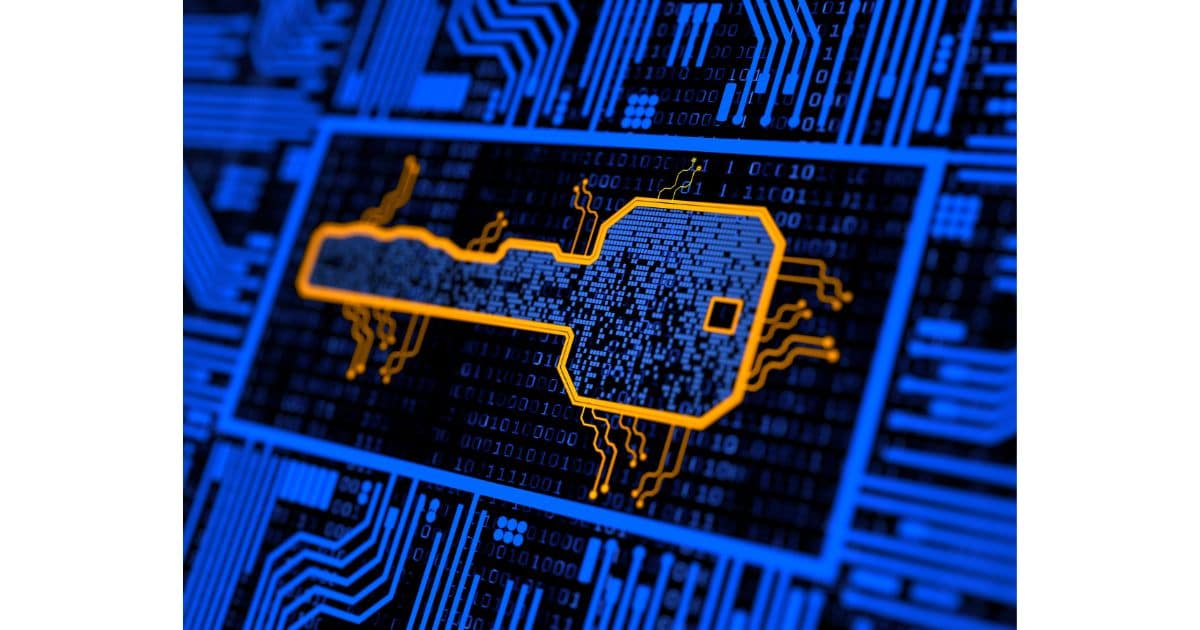
Private keys typically come in the form of long strings of letters and numbers combined with public key cryptography to secure communications between two parties. Upon receipt, each communication end must use its private key to decode and read the encrypted message. Only those with access to both sides of the conversation can access its content. They are making it virtually impossible for third parties or malicious actors to intercept confidential information. Blockchain technology was originally developed to secure sensitive information transmission between financial institutions. Today, it is used in Bitcoin transactions. Central banks and other organizations use it to safeguard their communications.
Why is Encryption used in Networks
Network encryption transforms readable data into unreadable forms using algorithms and mathematical operations. This encrypted data can then be transmitted over various media – including internet connections, wireless networks and storage devices – without fear of being accessed or modified by malicious actors. Once it reaches its destination, the receiving device can use its decryption key to convert the unintelligible ciphertext back into its original form. As such, Encryption can provide organizations with an extra layer of protection against potential breaches in network security and help ensure sensitive information remains secure at all times.
Why is Encryption used VPNs
An essential tool for protecting online data and communications. VPNs, or virtual private networks, ensure secure communication between devices over a public network. Encryption in VPNs helps protect user privacy by preventing anyone from intercepting their data as it travels from one device to another.

Encryption works by scrambling the data sent over a network so that it can only be read after decrypted with the proper key. Ensuring unauthorized people cannot access and read what's being transmitted over the internet. A robust encryption algorithm also provides that even if someone gains access to the transmission. They would only be able to decode it after first having the correct key. By incorporating Encryption into VPNs, users can be confident their data will remain private and secure. At the same time, when connected to public networks. It is vital for users that access public WiFi, such as those found at coffee shops, airports, and hotels.
What are the three types of Encryption Keys?
Keys provide an extra layer of security for data and communications. They are codes that can only be unlocked with the correct key. There are three types of encryption keys: symmetric, asymmetric and certificate-based.
Symmetric encryption keys use the same key to encrypt and decrypt data or communications. This type of key is generally faster than other methods, but it can also be less secure if someone gains access. Asymmetric encryption keys use two separate yet mathematically linked keys—a public key for encrypting information and a private key for decrypting it. This method provides better security as the private key does not need to be shared with anyone else for communication to take place securely.
What are the four basic types of Encryption Systems?
A powerful tool used to protect data in the digital world. It is essential to understand the four basic types of encryption systems to keep our data safe. Symmetric Key Encryption, Asymmetric Key Encryption, Hash Functions and Digital Signatures.
Symmetric Key Encryption is the most common type of encryption system. It uses one key for both the encryption and decryption processes. This means that only parties with access to this single key can use or view the encrypted data. Asymmetric Key Encryption uses two separate keys - one for Encryption and one for decryption - making it more secure than symmetric key Encryption. With this system, both parties must have access to each other's keys to secure communication or file-sharing between them.
What does it mean to Encrypt your Files?
Encrypting files is a security measure that helps protect sensitive information from unauthorized access. It involves using complex algorithms to scramble the data so that it cannot be read without the appropriate key or password. For those who store important documents and information on computers, encrypting files is essential to keep their personal data secure.
Transforming readable text into seemingly random characters using mathematical equations and algorithms. The encrypted data is only readable if decrypted with the proper key, making it virtually impossible for anyone with access to that key to view the file's contents. Encrypting your files also prevents attackers from tampering with them, as any change would render them unusable until they are decrypted.
What does it mean to Encrypt a Password?
Encrypting a password is an essential step in keeping information secure. It involves transforming a plain-text password into an unreadable and unusable form by unauthorized users or malicious software. This process, known as cryptography, ensures that passwords remain safe and confidential even when stored on websites or shared over networks.
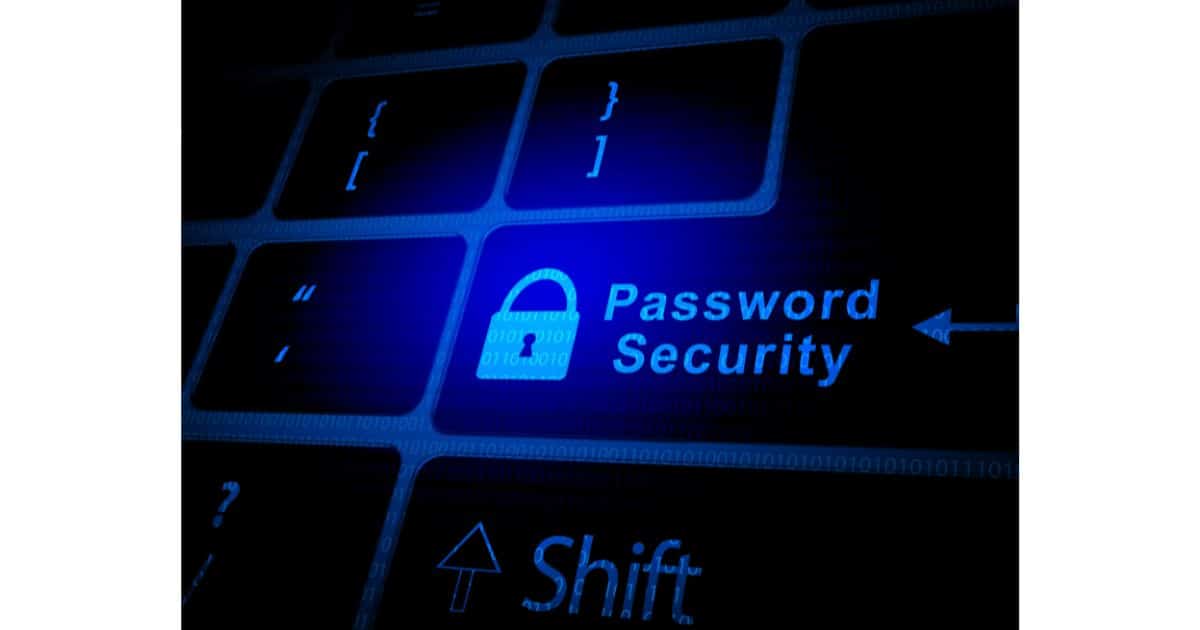
The encryption process starts with the user entering their plain-text password in the form of characters, numbers, and symbols. The encrypted version of this password gets generated using an algorithm which scrambles it and makes it difficult to decipher without the help of special tools. As long as the encryption key remains secure, only those with access to it can decrypt the scrambled data and gain access to confidential information.
What is a Firewall in Cryptography
A firewall in cryptography is an essential security tool used to protect networks and systems from malicious threats. Firewalls are a barrier between a trusted internal network and outside traffic, acting as the first defence against cyber-attacks. In addition, by allowing only authorized access, firewalls help prevent unauthorized users from accessing confidential information stored within the system.
Firewall security works by monitoring traffic for specific types of data packets and filtering those that do not meet the specified standards. This process helps ensure that users only connect to other legitimate sources and protects against potential attacks from external sources. Firewalls also enable companies to control which applications and services can be accessed on their networks, ensuring that no malicious or suspicious activity occurs on their system. Furthermore, they can monitor any incoming or outgoing communication on the web to detect suspicious behaviour.
Advanced Encryption Standards
Advanced Encryption Standard (AES) is a cryptographic algorithm to secure data transmission through Encryption. AES is widely used in applications such as online transactions and communication, web browsing, WiFi networks and file storage systems. Developed by the government's National Institute of Standards and Technology (NIST), AES provides a necessary form of Encryption that helps protect sensitive information from unauthorized access.
The AES algorithm uses three different key lengths – 128 bits, 192 bits and 256 bits – to encrypt data with varying levels of security. With each bit increasing, the strength of security increases exponentially, making it impossible for hackers to crack the code without a mighty computer or a considerable amount of time. Additionally, complex mathematical operations make it almost impossible for malicious users to reverse engineer the code back into readable text.
Data Encryption
This is a vital tool to protect confidential information from theft and misuse. It is the process of translating data into a form only authorized personnel can decode, preventing unauthorized access. Data encryption ensures sensitive data cannot be read or understood by anyone other than those authorized.

Encryption algorithms are typically used with various authentication techniques to provide the highest level of security for data in transit and at rest. They must be designed to protect data and ensure that it remains accessible and usable by its intended recipients. In addition, these algorithms should also be foolproof enough to resist hacking attempts and other malicious activities such as phishing attacks and malware infections.
Data Encryption Standard
Data Encryption Standard (DES) is one of the world's most widely used encryption algorithms. Developed by IBM in 1976, DES is a symmetric-key algorithm that protects confidential data. It uses a 56-bit key to encrypt and decrypt data, making it highly secure against attacks from hackers and other malicious actors. DES is also quite simple; its implementation requires minimal technical knowledge or skill.
DES has stood the test of time since its introduction over 40 years ago as an encryption method. In addition to its widespread acceptance, DES is also known for being highly efficient. It can encrypt large amounts of data at high speeds with minimal resources required. Furthermore, the standard has been revised multiple times over the years to keep up with technological advances and ensure maximum security for users.
Conclusion
In conclusion, Encryption is an invaluable tool for keeping data secure and safe from unauthorized access. It is a reliable and efficient way to protect one's digital information and guard against cyber threats. Encryption technology has evolved rapidly, providing users with increasingly advanced ways of protecting their data. Therefore, individuals should use encryption technologies to ensure their online security and privacy. As technology advances, Encryption will become critical for individuals, organizations and government agencies alike in maintaining secure digital operations.

